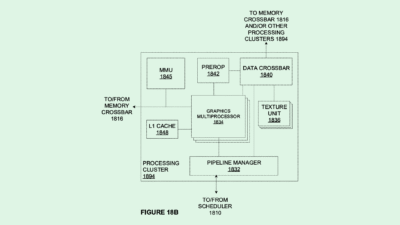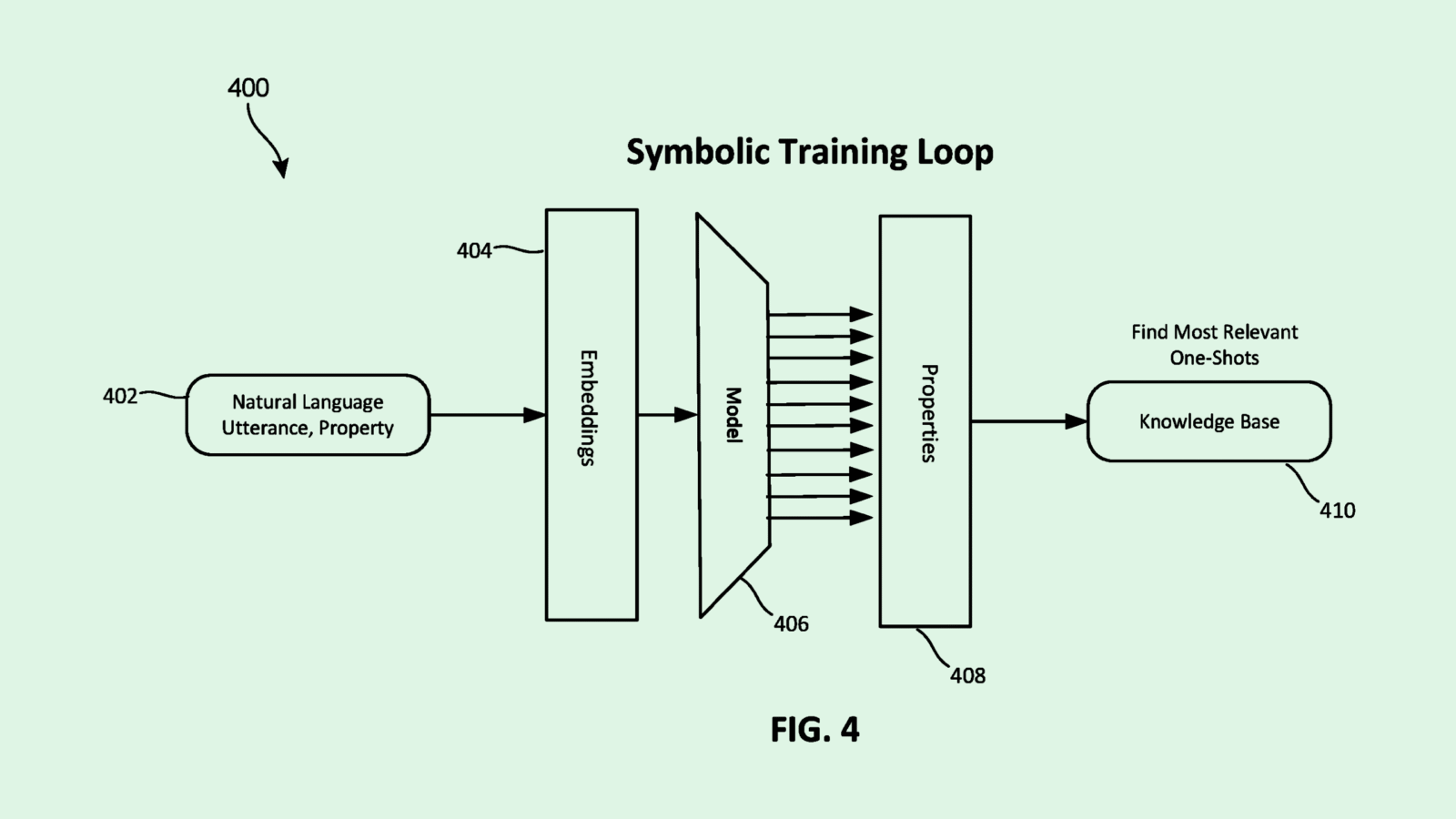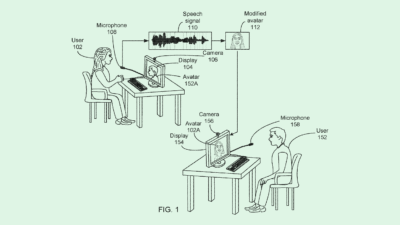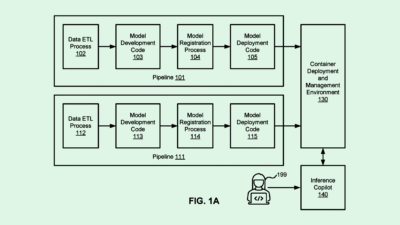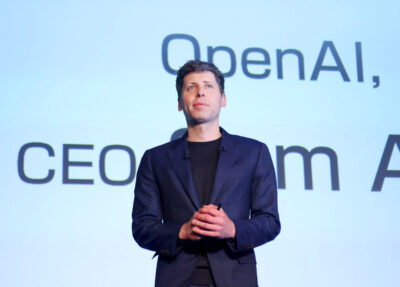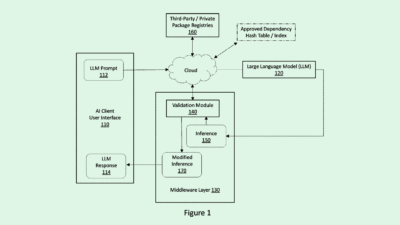Why It’s So Hard to Modernize Your Outdated ERP
Fractured ERP systems are “going to get fewer returns on your investment.”
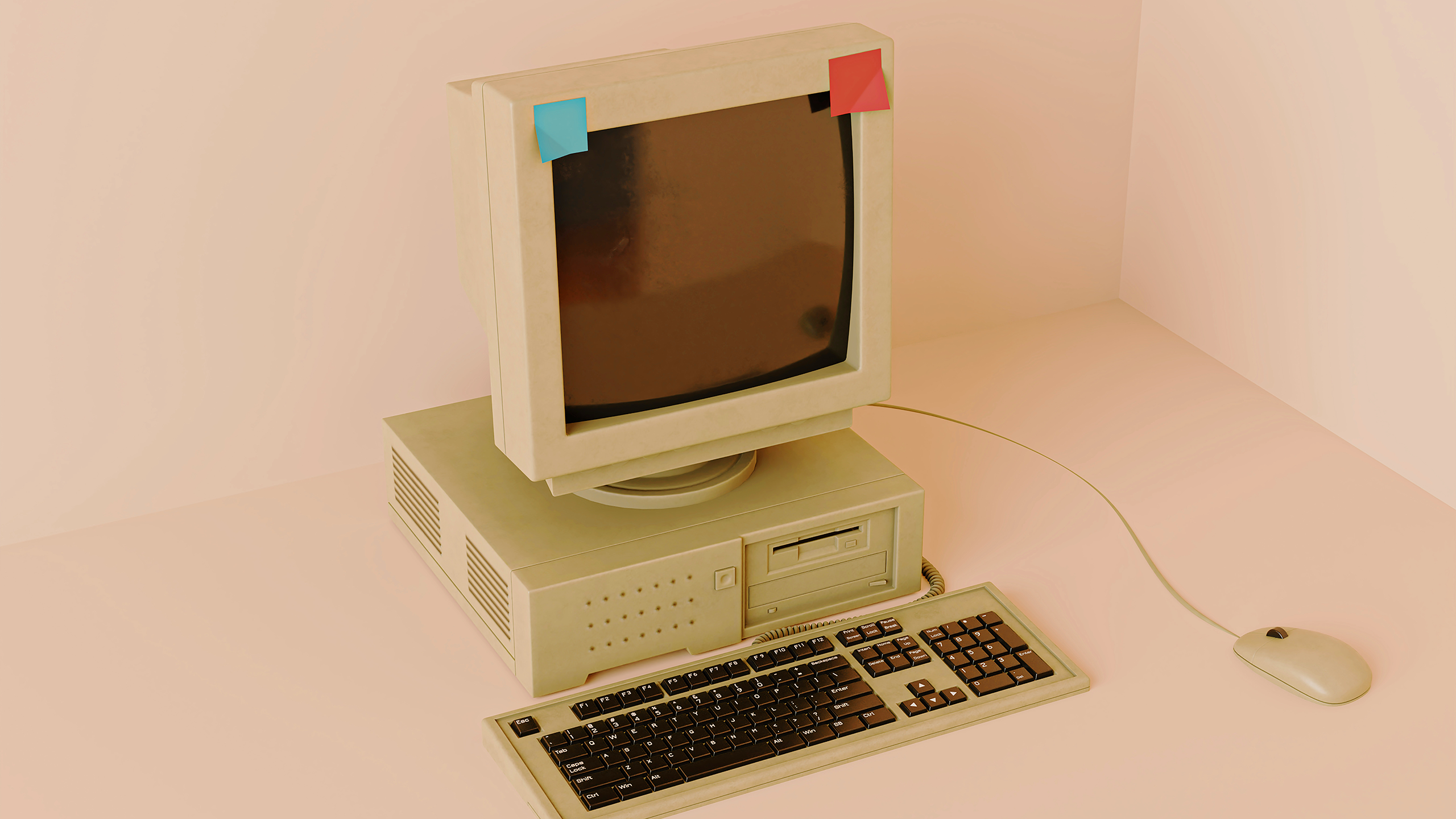
Sign up to get cutting-edge insights and deep dives into innovation and technology trends impacting CIOs and IT leaders.
Enterprise resource planning systems are supposed to make businesses run smoothly, but the outdated software used by many companies is holding them back instead.
While more than 70% of enterprises rely on ERP systems, the systems have an average age of 13 years. And the vast majority of attempts to update them fail due to poor change management and organizational resistance, said Lindsay Phillips, COO and co-founder of SkyPhi Studios.
As ERP systems age, they become customized to them varying needs of the different departments that use them, said Phillips. For example, an old ERP system will have a “decade of customizations” for the HR department that are different from those of the manufacturing and logistics departments.
Reining in Customization
With such fracturing and decentralization, “you’re going to get fewer returns on your investment, because the whole point of an ERP is that you are centralizing and standardizing across your organization,” said Phillips. “Trying to re-centralize is very important to companies, because it can help them realize cost.”
Making that transition, however, isn’t an easy task:
- For one, implementing a new ERP can be incredibly costly, both in cash and personnel resources. “It takes teams completely out of their day jobs,” Phillips said. “You’ll have a program team of hundreds of people focused on rebuilding this system from the ground up.”
- And because these systems are often hard-wired into a company’s DNA from years and years of use, employees are resistant to accept changes, she said.
- Change management can be even more difficult for frontline workers, said Phillips, such as those in manufacturing and logistics.
And even if companies hire a vendor or partner to help with implementation of a new system, they’re often responsible only for helping to stand up the technical side. Managing these kinds of overhauls within an enterprise requires a “canary in the coal mine” to drive training and change management, she said, identifying which departments face bigger adoption hurdles than others and where the roadblocks exist.
“There’s no one who’s incentivized to drive adoption of the system,” said Phillips. “Incentivizing your partners to support usage, not just go live, is one of the biggest hurdles.”



